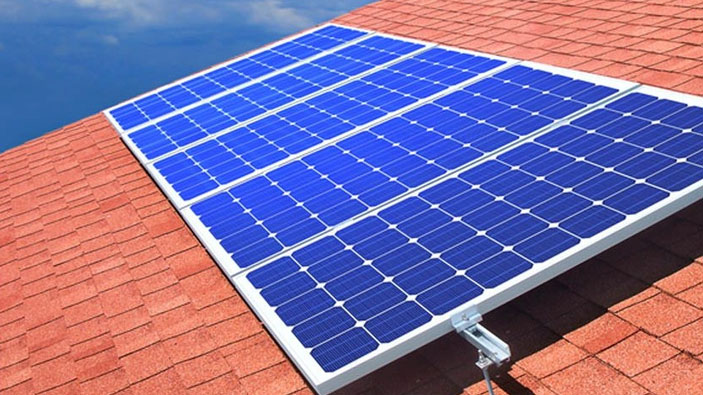Growth of Solar Energy

The growing importance that the topic of sustainability has been given in
several countries has influenced government decisions regarding energy
planning.
The growing importance that the topic of sustainability has been given in
several countries has influenced government decisions regarding energy
planning.
The Transition Trends 2020 report by Bloomberg New Energy Finance (BNEF)
points out that 2/3 of the electric power added to the global electrical matrix
came from solar and wind sources, with solar energy corresponding to 45% of
the total added, which means almost half of all new electricity generated on
the planet.
In recent years, the share of solar energy in electricity generation has grown
at rates above 30% per year (35% per year between 2010 and 2019).
This growth has been facilitated by the significant drop in equipment prices (a
drop of more than 85% in the last decade according to the study mentioned
above).
Currently, the payback time for a residential photovoltaic energy generation
system in Brazil is between 3-4 years (in Minas Gerais) and 5-7 years (in Santa
Catarina), according to Greener’s Distributed Generation Strategic Study for
the 1st semester of 2020.
Constant readjustments in electricity tariffs tend to cause the reduction of
these payback values.
Brazil is one of the countries that signed the Paris Agreement, where it has
made a commitment to reduce greenhouse gas emissions in the environment
by 37% by the year 2025, with reference to emissions recorded in 2005 – the
year in which the country released approximately 2.1 billion tons of carbon
dioxide (CO2).
Considering the data presented, we can conclude that the future of
photovoltaic solar energy in Brazil is very promising, because the country has
climatic conditions that favor the use of this type of system, in addition to
one of the most expensive energy bills in the world.
